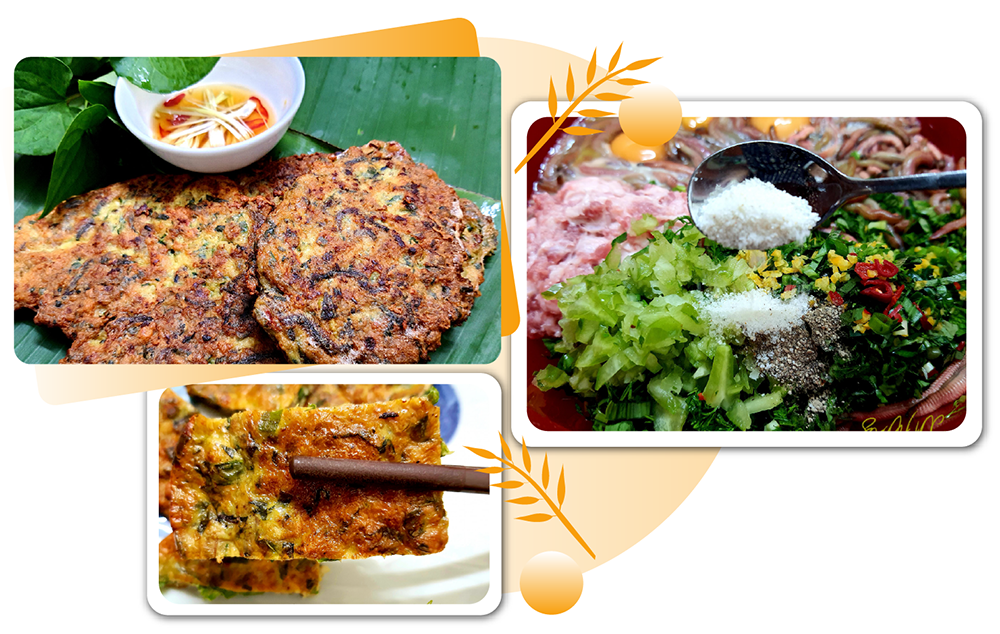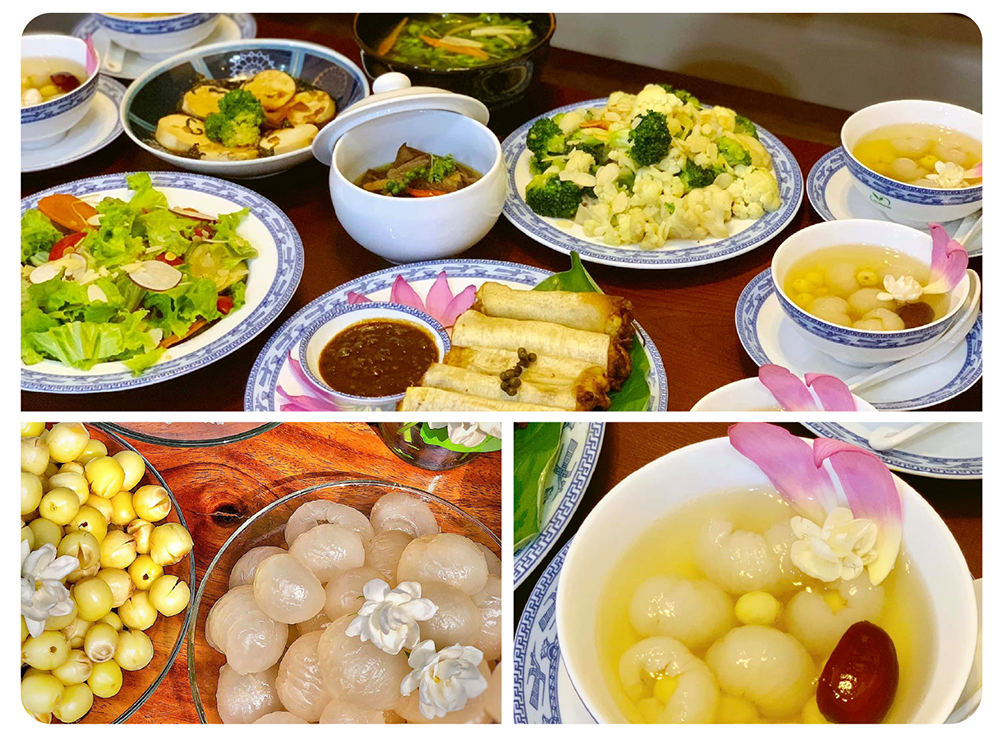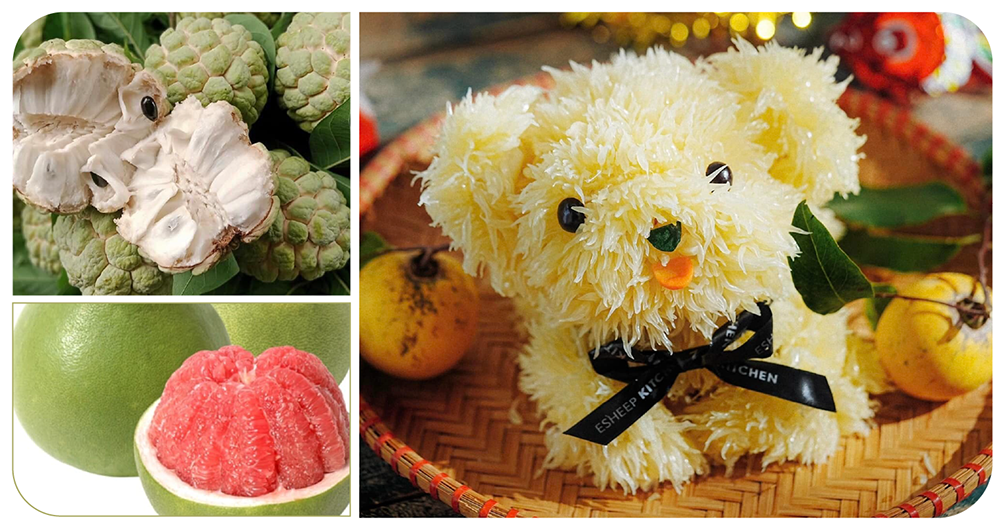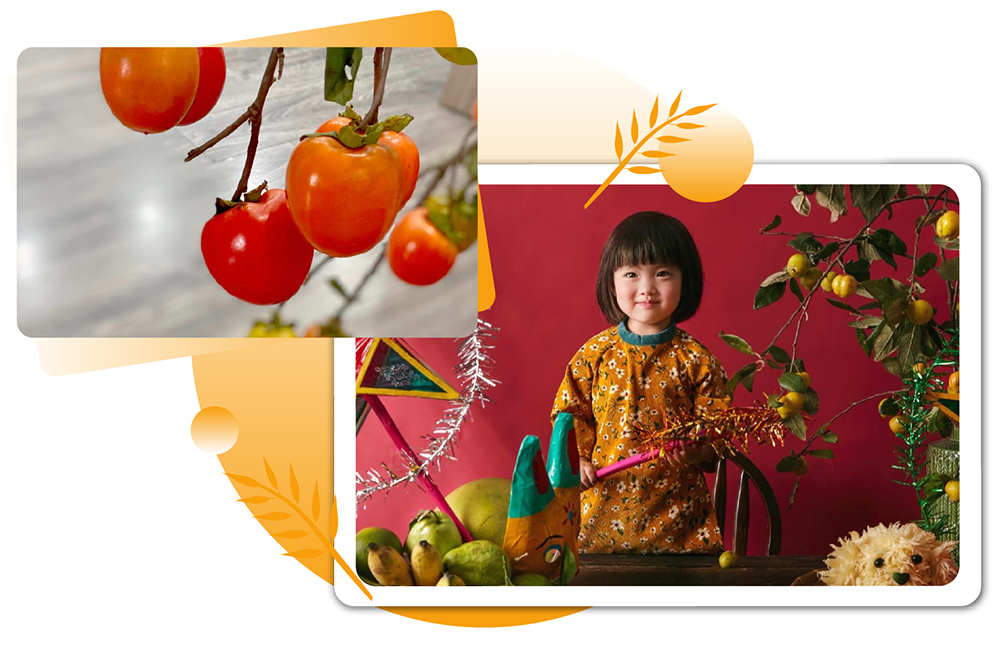As the light sun rays sweep over every corner of capital city and the green canopy gently ruffles, it’s the perfect time for both locals and visitors to wonder around and explore Hanoi’s famous specialties. Let The Hanoi Times introduces some must-try typical dishes of autumn. Com or young sticky rice is a specialty of Hanoi whenever the autumn comes to town. The century-old trade has been practiced by the people of Vong Village in today’s Dich Vong Hau Ward, Cau Giay District, and Me Tri Village in Me Tri Ward, Nam Tu Liem District.
According to legend, one autumn a thousand years ago, there were torrential rains accompanied by strong winds in the village of Vong. At that time, the rice was about to ripen and the storm threatened to cause the villagers severe famine, forcing them to harvest and dry the young rice to avoid starvation.
Unexpectedly, the product had a such a distinct flavor and fragrance that the villagers repeated the process in later years and soon made it a much sought-after food by connoisseurs around the region.
According to artisans from Vong Village, making com is very hard and meticulous work. In order to make delicious and fragrant young rice, the raw material must be carefully chosen. The glutinous rice must be the Nep cai Hoa vang or special round-grain glutinous rice. These grains then dried over a wood fire for couple of hours then pounded by machines when they still warm.
There is also a “know-how” secret in com making process: only skillful artisans can adjust the time that the pounding and drying stages should last, the frequency of each pounding, how the heat of the fire should be, and the techniques of choosing good rice and good firewood.
The finished product must be chewable, sugary sweet and milky fragrant. In order to retain its moisture, Com are always are covered with the Ray or Alocasia macrorrhizos leaves, especially the lotus leaves to lend the com the fragrance of the lotus flowers.
Fresh com is even more palatable if accompanied with banana. Meanwhile, Banh com or young rice pastry, a favorite dessert made from green rice, green beans, cocoa, sugar and vanilla, costs about VND10,000 or less than US$50 cent. The best ones can be found at Banh Com Nguyen Ninh pastry shop at 11 Hang Than Street, Hanoi.
Cha ruoi is an autumn favorite with most northern Vietnamese people. Ruoi are small marine worms fished off the coast of nearby provinces of Nam Dinh or Thai Binh.
Later in fall or early winter, the worm eggs hatch and the youngsters head back out to sea. This is when the “ragworm season” begins. Fishermen harvest them at night, using lights to attract them – a technique similar to catching squid.
In Hanoi, there is even a street named after the delicacy, indicating that the specialty has been around for a long time. Country farmers can still be seen walking around the old quarter selling ruoi.
Although it is featuring in many dishes, the most traditional favorite made of the worm is cha ruoi or “ragworm-pie”. The creatures are cleaned in warm water, mixed with lean pork, eggs and spices, and grilled, not forgetting the essential secret ingredient, dried mandarin peel. The golden-brown pie with wonderful aroma is going best with fresh noodles and beer.
The Cha Ruoi Hung Thinh, a street stall in Hanoi’s hectic Old Quarter, is one of few eateries in Hanoi serving cha ruoi.
The dish stages a busy scene at lunch time: strangers sit shoulder to shoulder on tiny plastic stools, eagerly waiting for their meal of hot ragworm-pie served with vermicelli and sweet-and-sour sauce.
Che or sweet soup prepared from lotus, black or green mung beans, is a long-time favorite specialty of Hanoian that can be eaten all year around. But there is only one typical delicious dish that available in autumn – the Longan sweet soup.
The main ingredient of the outstanding dish is fresh lotus seeds coated with longan fruit flesh. The dish is said to be served to the Vietnamese emperors long time ago. The lotus seeds picked from West Lake’s lotus have a special flavor, and were formerly used by the emperors to embalm the tea.
The skin and the lotus embryo of the fresh lotus seeds will be taken off before the seeds are washed, steamed and simmered with sugar. In order to prepare the dish, the cooks take off the coat and the nut of the big longan, wash it, then stuff the simmered lotus seeds inside the longan and place them in bowls. Then the cassava flour with a right amount of water, is cooked slowly, let cool down and pour into the bowls to make the dish of che with sweet and nourishing longan-coated lotus seeds.
It is said that eating sweet soups is an important part of local life in Hanoi. People can take simple dishes cooked from lotus, black or green mung beans at street food stalls on pavements, in back alleys, and at local markets. But the one of longan with fresh lotus seeds can only be found in luxury restaurants or parties.
Being available in Vietnam virtually all year round, but for many Hanoians, Pomelo or Citrus maxima is said to be particularly delicious in autumn.
Pomelo is considered as one of the Moon Goddess’ favorite fruits and also indispensable on the Mid-Autumn Festival fruit tray.
The fruit’s distinctive sweet-and-sour taste may help diners balance their taste buds, thus, it is usually eaten accompanied with mooncakes and other sweeties during a Full-moon banquet.
After the pomelo has been eaten, it’s common for children to make hats from the peel of the fruit and wear them on their heads for fun.
In addition, the skillful Hanoi housewives may make many different toys from pomelo and the most characteristic one is a poodle dog. A cute pomelo puppy is always the highlight of the beautiful fruit banquet for mid-autumn festival.
In the north, good grapefruit comes from Dien village or today’s Cau Dien Ward in Nam Tu Liem District of Hanoi and Doan Hung District in Phu Tho Province.
Persimmons are available all-over northern Vietnam in the autumn. Two types are seen in the market: red soft and sweet, and green, crispy. Both are favorites for full-moon banquet.
Processing green persimmons is quite complicated. The fruit is soaked in water for two days to get rid of the tannin, the water is changed every four or five hours.
Vietnam’s favorite persimmon is grown in Lang Son province and is called Hong Lang. It looks almost square, and is sweet and crispy. Persimmons do not grow in southern Vietnam, so it is rare and much more expensive there.
Another typical fruit of autumn is Na or custard apple. As a country with tropical weather, Vietnam is truly a heaven of fruits and custard apple is only one among these thousand types of fresh delicacies. Hidden inside the pale green skin with large bumps, custard apple’s flesh is sweet, soft and has a distinctive creamy flavor that no other fruit in the world has.
In the season changing period of autumn to winter that falls in early October, the ripe sweet custard apples are shipped to Hanoi from the most abundant growing area in Vietnam's Northern Province of Lang Son. Custard apples in Lang Son is famous for its aroma, large size, sweetness thanks to the quality of the soil and typical climate.
Once a year in the late autumn, this special seasonal fruit is bought by Hanoi housewives to worship the forefathers and passed-away deceased loved ones, as a way that they reminisce about the past and mark the end of the season. Then, the winter will knock the door very soon later.


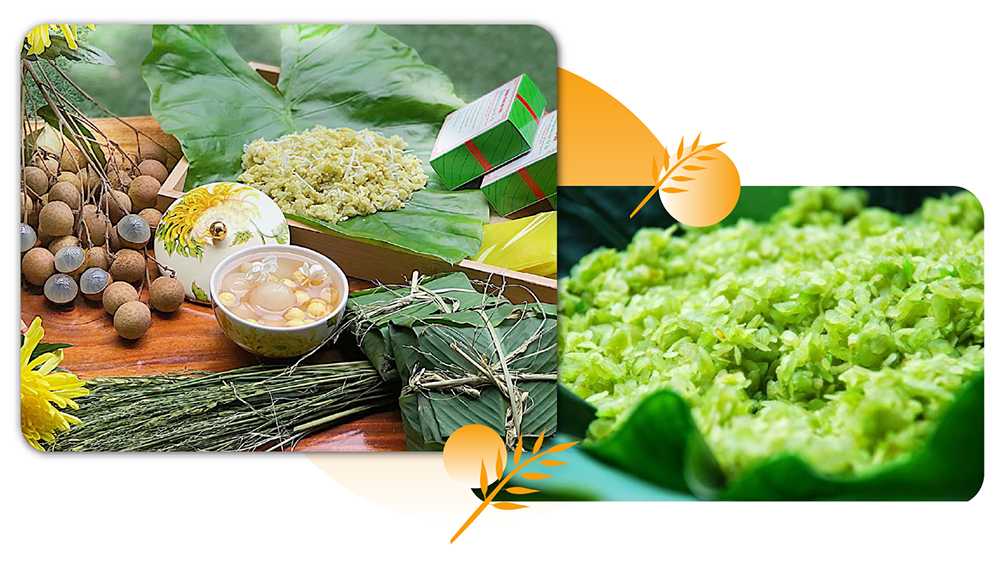
.png)

